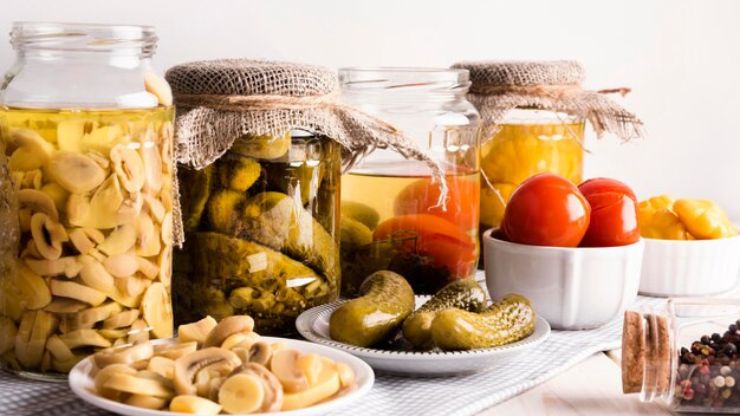Welcome to our fermentation haven! If you’re a home fermentation enthusiast, you know that creating the perfect environment is key to successful fermentations. One burning question we often hear is, “Can You Ferment Different Foods in the Same Room?” In this blog post, we’ll explore the ins and outs of sharing fermentation space for diverse culinary creations.
Table of Contents
ToggleCan You Ferment Different Foods in the Same Room?
Absolutely! Fermenting different foods in the same room is not only feasible but also a common practice among seasoned fermentation enthusiasts. The key to successfully fermenting a variety of foods in one space lies in understanding the individual requirements of each item and maintaining a few crucial considerations.
Sanitation is Paramount
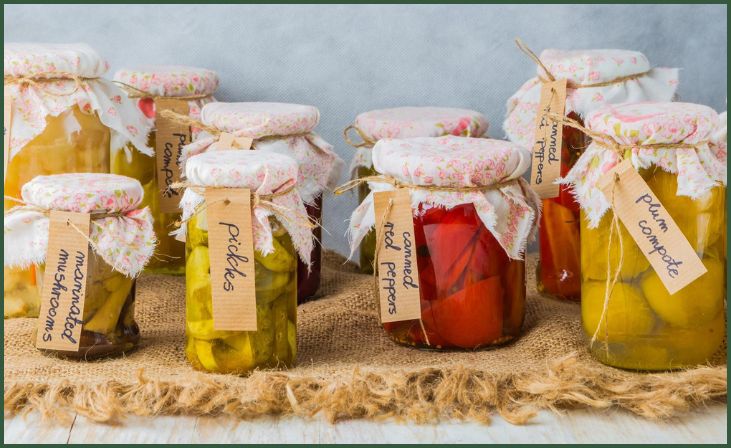
Ensure that your fermentation space is thoroughly clean before you embark on the multi-food fermentation adventure. Sterilize containers, utensils, and any equipment you’ll be using to prevent unwanted contamination. This practice is essential for a successful and hygienic fermentation process.
Temperature and Timing Harmony
Different foods may have varying temperature and fermentation time requirements. It’s essential to choose foods that have similar needs or can tolerate each other’s conditions. This prevents one item from being over-fermented while another is still in the early stages of the process.
Also Read: How to Safely Store Fermented Foods
Mindful Pairing
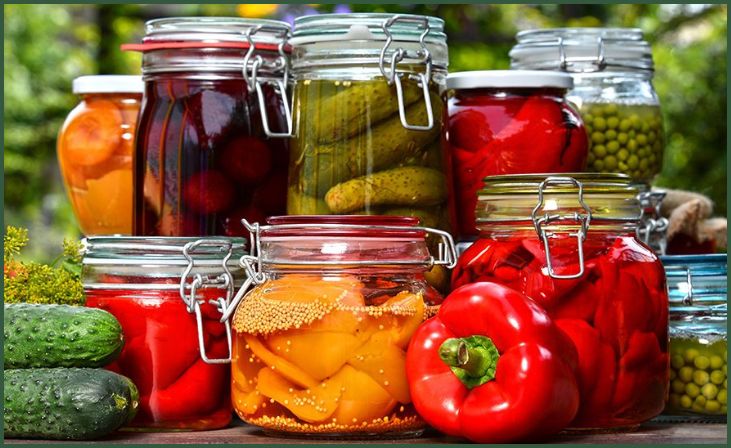
While diversity is encouraged, be cautious about pairing foods with strong, distinct flavors in the same fermentation space. Strongly flavored ferments, such as sauerkraut or kimchi, may impart their taste onto more delicate items like fruits. Consider grouping items with similar profiles to avoid unintended flavor cross-contamination.
Check Individual Requirements
Before starting your multi-food fermentation project, familiarize yourself with the specific needs of each food item. Some vegetables or fruits might require different salt concentrations, starter cultures, or fermentation times. Researching and understanding these nuances will contribute to a more successful overall fermentation.
Use Separate Containers
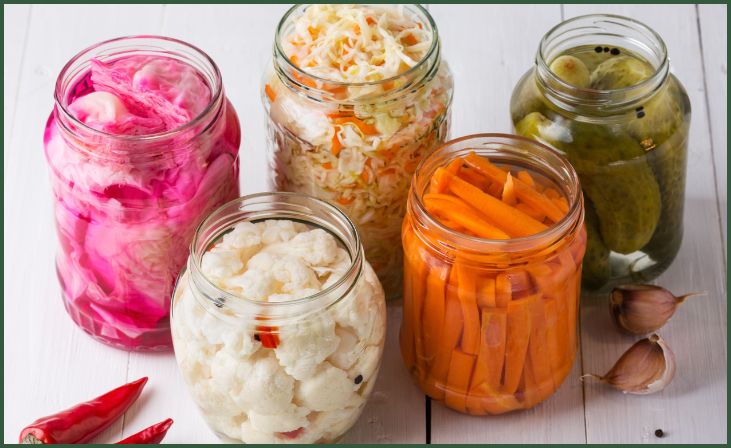
If possible, use separate containers for each food item. This not only helps in managing individual requirements but also prevents any potential interactions between different ferments. Mason jars, fermentation crocks, or airtight containers can be excellent choices for maintaining the distinct characteristics of each ferment.
In summary, the answer to “Can You Ferment Different Foods in the Same Room?” is a resounding yes, with the right precautions. By maintaining cleanliness, understanding the specific needs of each food item, and being mindful of potential flavor interactions, you can create a harmonious fermentation space that yields a diverse array of delicious and probiotic-rich creations. Enjoy the journey of experimenting with various ferments and discovering unique flavor combinations!
Common Mistakes To Avoid While Ferment Different Foods in the Same Room
Embarking on the journey of fermenting different foods in the same room is an exciting venture, but it’s crucial to be aware of potential pitfalls. Avoiding these common mistakes will help ensure a smooth and successful multi-food fermentation experience:
Neglecting Sanitation
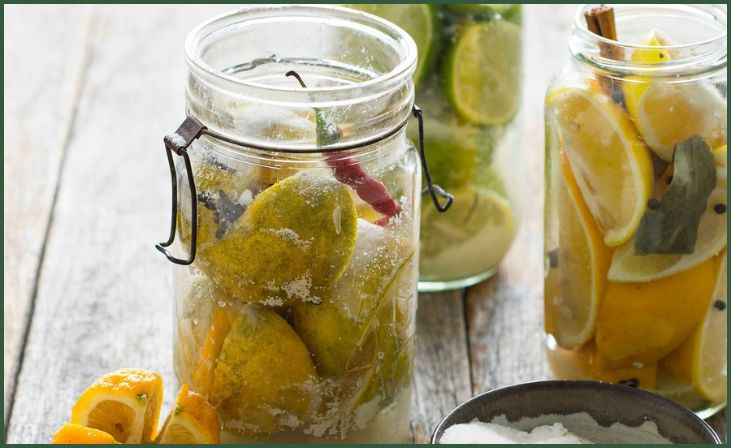
One of the most common mistakes is overlooking proper sanitation practices. Failing to thoroughly clean and sterilize your fermentation vessels, utensils, and workspace can lead to contamination, affecting the quality and safety of your ferments. Prioritize cleanliness to prevent unwanted microbial interference.
Don't just scroll, subscribe!
BuzzTrail's unique web-stories are the cure for boredom you've been waiting for.
Ignoring Temperature Variations
Each food item has its ideal fermentation temperature. Neglecting to consider these variations can result in inconsistent fermentations. Ensure that the temperature in your fermentation space is suitable for all the foods you are fermenting. Use temperature-controlled environments or arrange ferments with similar temperature requirements.
Also Read: Salts for Fermenting Foods
Mismatched Fermentation Times
Fermenting different foods simultaneously requires careful consideration of fermentation times. Avoid pairing items with vastly different timelines, as this can lead to over-fermentation of some foods while others remain underdeveloped. Choose foods with compatible fermentation durations to achieve optimal results.
Flavor Cross-Contamination
Strongly flavored ferments, such as kimchi or pickles, can impart their taste onto more delicate items if fermented in close proximity. Be mindful of the potential for flavor cross-contamination and group foods with similar flavor profiles together to maintain the integrity of each ferment.
Inadequate Research on Individual Requirements
Each food item may have unique fermentation requirements, such as salt concentration, starter cultures, or pH levels. Failing to research and understand these individual needs can lead to subpar results. Take the time to familiarize yourself with the specific requirements of each food you plan to ferment.
Overcrowding Containers
While the idea of fermenting multiple foods in one container might seem convenient, it can lead to problems. Overcrowding can impede proper fermentation and create an environment conducive to spoilage. Use separate containers for each food item to maintain the distinct characteristics of each ferment.
Neglecting Airflow
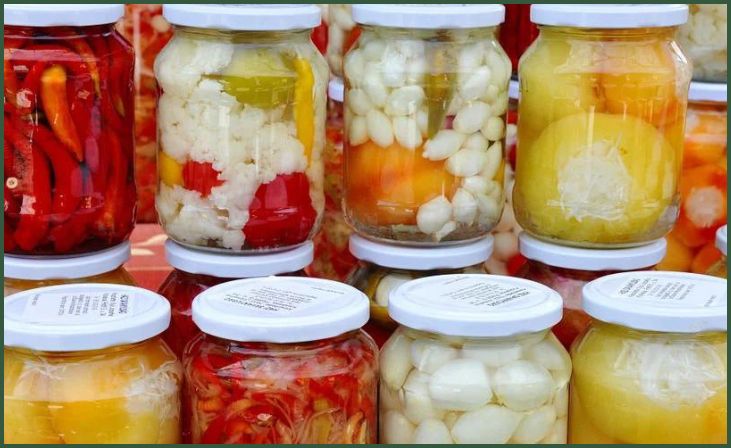
Proper airflow is essential for successful fermentation. Avoid stacking containers too closely together, as this can hinder the circulation of air and impede the fermentation process. Provide adequate space between containers to ensure a well-ventilated environment.
Also Read: Fermenting with Dead Sea Salts
By steering clear of these common mistakes, you’ll set the stage for a rewarding and trouble-free experience as you ferment different foods in the same room. Remember, a thoughtful approach, attention to detail, and a dash of experimentation will contribute to the success of your multi-food fermentation endeavors. Happy fermenting!
Conclusion
In conclusion, your fermentation space is a versatile playground for experimentation. “Can You Ferment Different Foods in the Same Room?” The answer is a resounding yes! Embrace the diversity of flavors and cultures that come with fermenting an array of foods simultaneously, but always be mindful of each ingredient’s unique needs for a harmonious fermenting experience. Cheers to a thriving fermentation journey!
FAQs
Can I ferment various foods simultaneously in the same room?
Can I ferment various foods simultaneously in the same room?
Absolutely! Fermenting different foods in the same room is not only possible but also convenient. Just ensure proper sanitation, and consider the compatibility of fermentation times and temperature requirements for each food item.
Are there any foods that shouldn’t be fermented together?
Are there any foods that shouldn’t be fermented together?
While many foods happily ferment side by side, some are better left to their own space. Avoid fermenting strongly flavored items like sauerkraut with delicate fruits to prevent flavor cross-contamination. When in doubt, check individual fermentation requirements.

